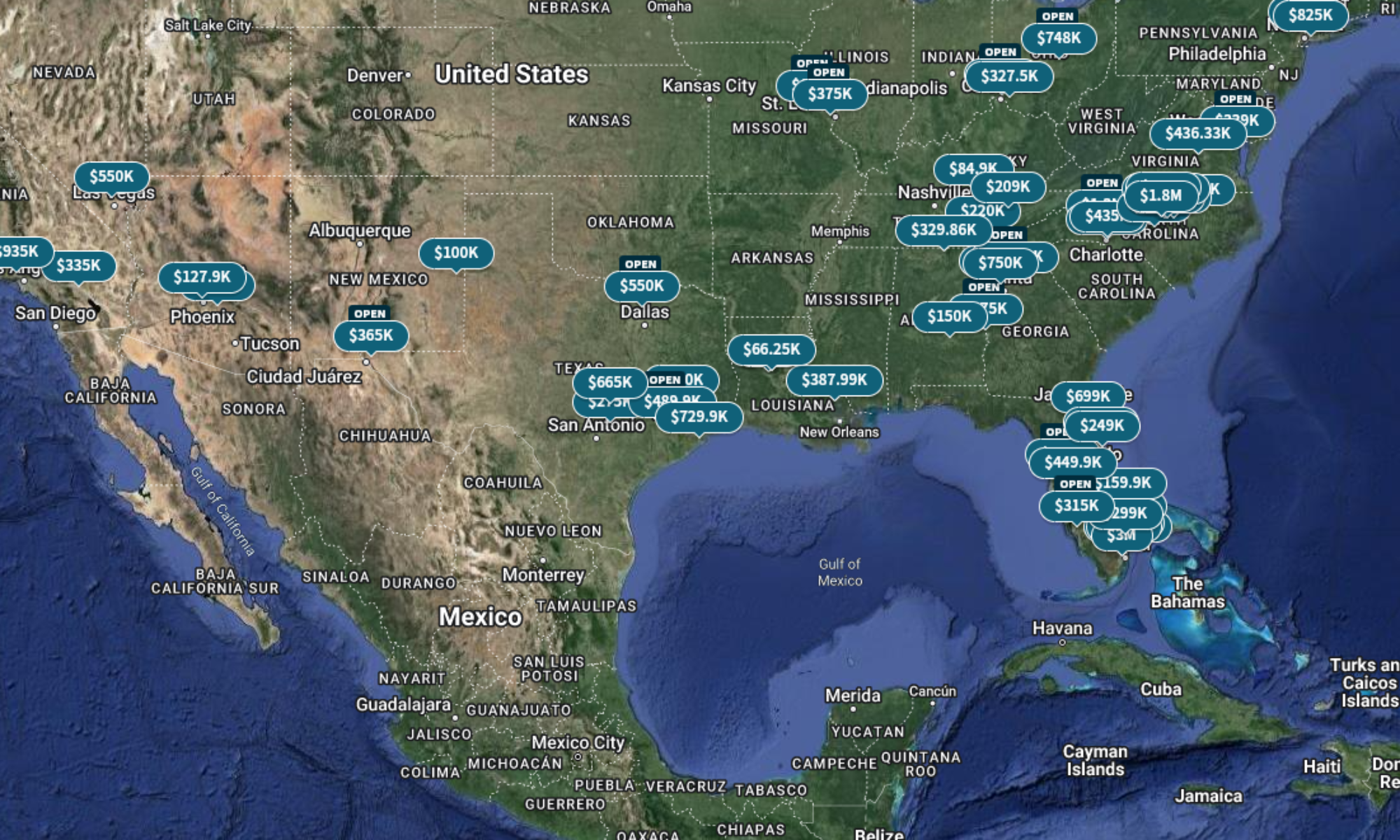 |
| An infographic representation of Cash Flow. |
Today I want to go over Cash Flow and why it is critical to business finance.
There are four basic reporting metrics for business finance:
- Balance Sheet – Statement of financial position, reporting a company’s assets, liabilities, and owners’ equity at a given point in time.
- Income Statement – Statement of revenue and expense or profit & loss.
- Equity Statement – Statement of changes in equity or retained earnings.
- Cash Flow Statement – Statement of a company’s cash inflows and outflows during a given period of time.
I will cover the first three in more detail with later posts because I want to talk about Cash Flow and the Cash Flow statement.
Cash Flow
Cash Flow is the total amount of money coming into a business (revenue, income, investments, loans, etc.) and the total amount of money going out of a business (bills, expenses, wages, capital purchases, etc.) over a given period of time. It can be a year, a quarter, a month, or any time period you want to look at. For my purposes, monthly reporting is preferred, as it coincides with other regular monthly financial reports.
Doesn’t the profit & loss report show you the same information?
While reporting similar information, Cash Flow & Profit & Loss Reports serve different purposes. The Cash Flow report gives you an understanding of how you are bringing money into your business and how you are spending it while the P & L report shows you revenue earned and expenses paid.
OK, that still sounds similar, you say.
It may be easier to understand if you look at it from the perspective of different accounting methods. Businesses use either the Cash Basis or the Accrual Basis methods.
Accrual basis – Revenue is recorded when earned and expenses are recorded when consumed.”
If you are operating on the Cash Basis method, your revenue and expenses are recorded into your accounting system when they occur. In this case, your P & L and Cash Flow Reports should show almost the same information for a given period, with minor differences like loan principle repayments not showing up on a P & L.
In the case of the Accrual Method, you might earn revenue in a given month, but you won’t see the money from it until the invoice gets paid, which may be a month down the line. As for expenses, you may be paying for supplies immediately, but can’t show them on the P & L until the revenue is earned. So, you are potentially paying for supplies in one month, showing revenue in the next month, and not actually getting paid until the third month. In this scenario, the P & L would show the expense & revenue in the second month, but the Cash Flow would show the outflow of the expense in the first month, no activity (with respect to the subject order) in the second month, and would show the revenue inflow (invoice being paid) in the third month.
Because of this, you should be looking at both reports to better understand what is going on in the business.
Why is Cash Flow important?
To be a successful business, you want to have positive cash flow…that means that you have more money coming in every month than you are paying out in expenses, wages, and bills. This seems like a “DUH!!!” statement, but without looking at both your P & L AND Cash Flow reports, it would be hard to make sure you are able to bring in more cash than pay out in expenses.
Without regularly reviewing the Cash Flow statement, you might think you are breaking even or close to it, until you realize that your bank account has steadily been dropping and you really were not even close to breaking even.
And, as always, let me know what you think in the comments. Ask questions, tell your story.
If you like my posts, please share them with others and subscribe to this blog.
Discover more from The Clint Galliano
Subscribe to get the latest posts sent to your email.



Thanks Clint, “clear as mud”